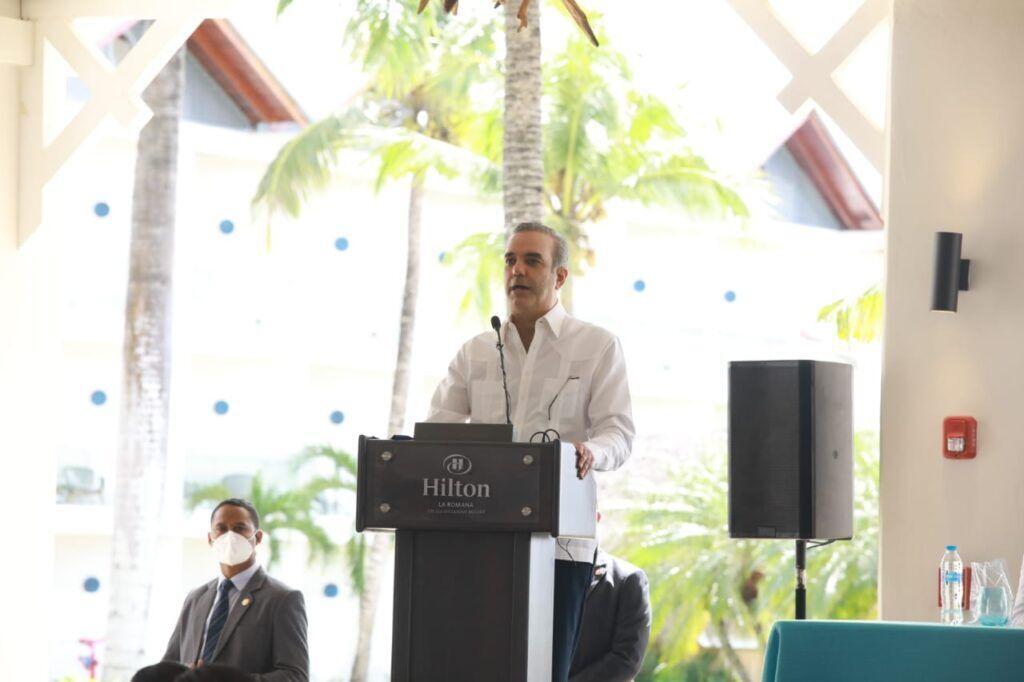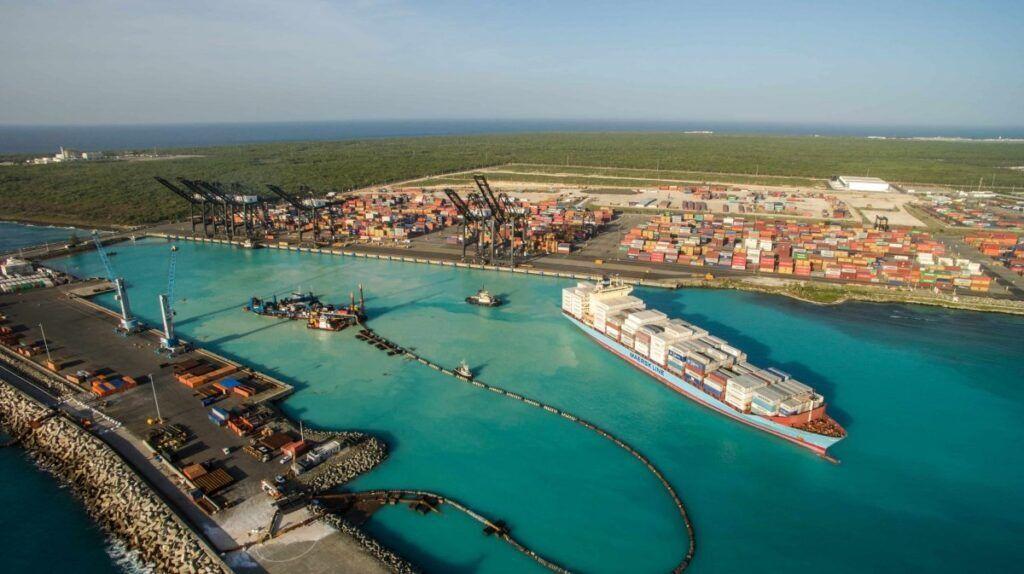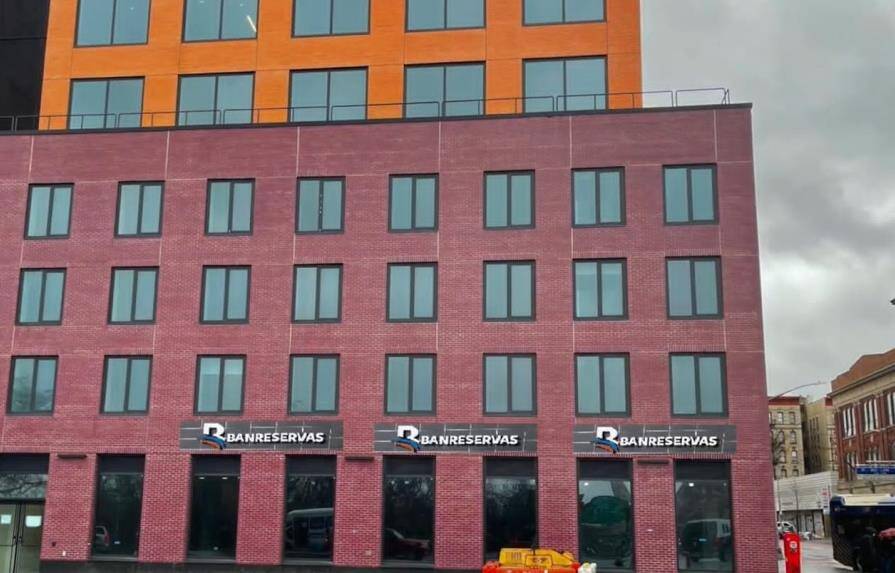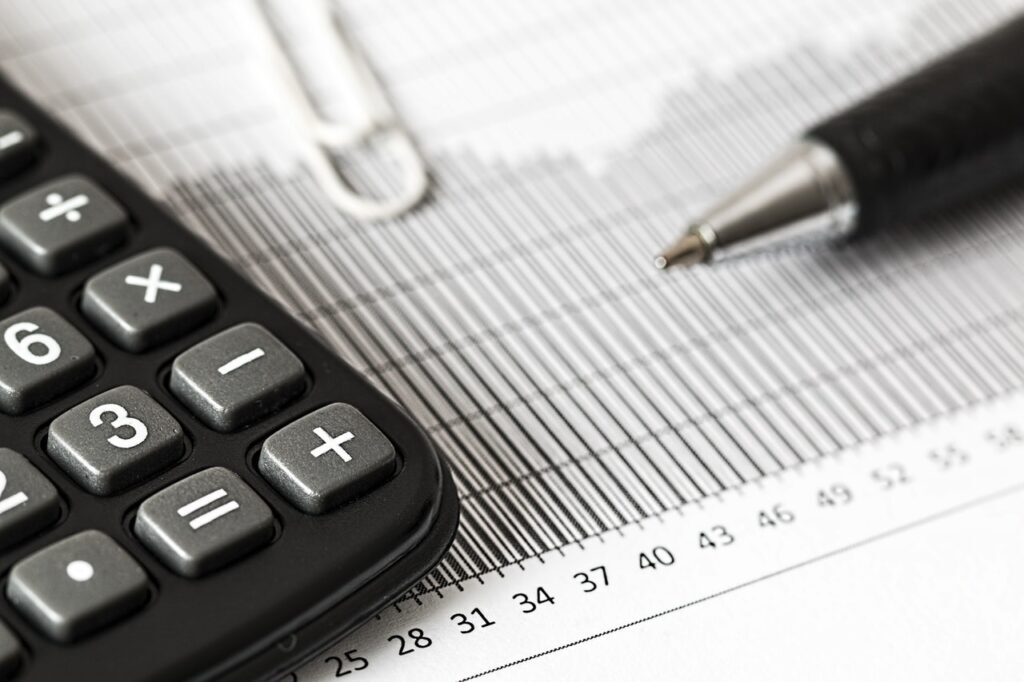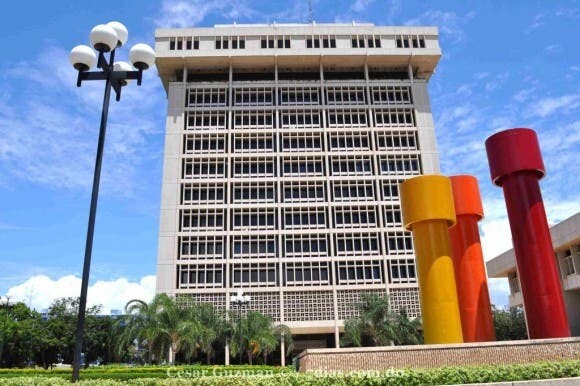Central Bank injected 122 million dollars to the exchange market in 2020
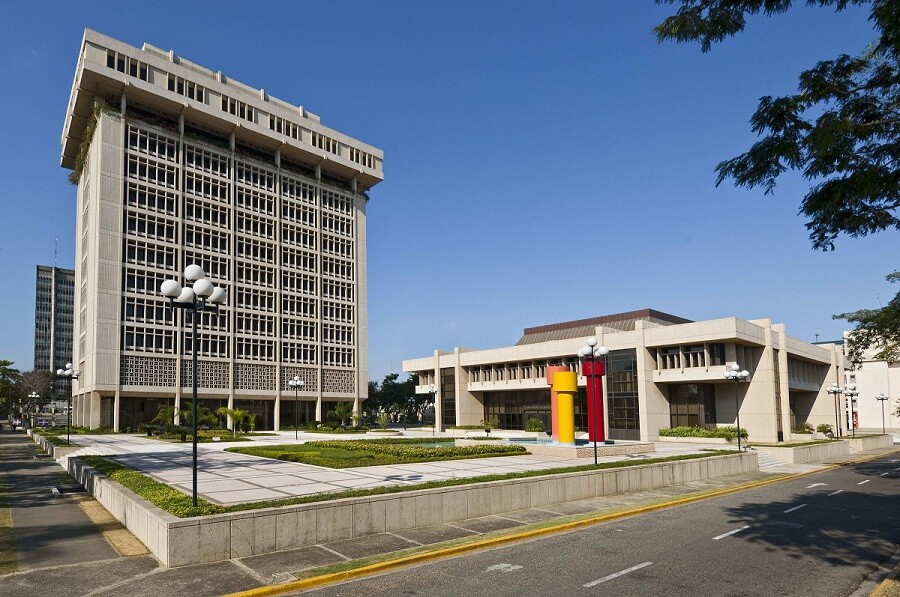
The Central Bank of the Dominican Republic made foreign exchange injections for 122 million dollars during 2020 to maintain the stability of the exchange rate.
“During the year 2020 the issuing entity made gross interventions in the exchange market for sales for an amount of 6,996 million pesos (122 million dollars at 57 pesos per dollar exchange rate average),” said the Central Bank in a report published this Thursday afternoon.
International reserves currently register a level of 10,751.6 million dollars.
Even so, the depreciation of the Dominican peso was the highest in the last 15 years, after the local currency lost 10.13% of its value. The exchange rate went from 52.96 pesos per dollar at the end of 2019 to 58.32 pesos per US currency at the end of last year.
The issuer highlighted “its crucial role in maintaining the relative stability of the exchange rate” during the past year, thereby covering the “mismatch generated in the supply of foreign exchange due to the decrease experienced by tourism income” derived from the COVID-19 pandemic.
According to official data, between January and September, the income of foreign exchange through tourism was 2,005 million dollars, a decrease of 3,753 million dollars compared to the same time frame in 2019.
For family remittances, the country received 5,849 million dollars during the first nine months of last year, an amount 556.8 million dollars higher than that registered in those months of 2019.
Meanwhile, for exports —both national and from free zones— between Last January and September the country received the equivalent of 7,494.7 million dollars, about 781 million dollars less than a year ago.
The entity trusts that the “severe economic effects” of the health crisis will be transitory and it is estimated to grow at 6% of GDP in 2021.

